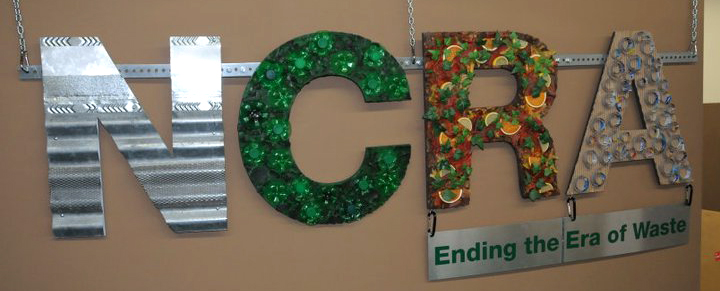
The Gigantic team would like to take a moment to salute and honor Arthur Boone, who passed away in October at the age of 86. Boone was a pioneer and force of nature for recycling education and outreach in the Bay Area since the 1980s.
Described in Northern California Recycling Association (NCRA)’s remembrance as “an innovator, visionary, and somewhat of a crank” Arthur Boone started out as an Episcopal minister, then a civil rights worker, before founding the Oakland Recycling Association.There, he brought active questions and a constant search for improvement to the local recycling scene, tirelessly calling out “Obstacles to Zero Waste” and working to eliminate them. In the following years he would serve NCRA in various positions, including some 30 years on their board, and came up with the idea for the Recycling Update Conference, an annual “speed dating” event featuring 10-minute presentations for and by industry professionals that is valued to this day.
One memorable collaboration – partially built on Boone’s front lawn – occurred in 2011 when he tasked us with creating a NCRA conference sign out of recycled materials to celebrate recycling and composting. It was a true team effort to cut the recycled metal, attach the glass pieces and cardboard curls, and hot-glue the fake leaves and orange slices. The sign keeps on going – helped by several repairs over the years. It’s a joy to see it (and get a team photo with the sign) at every NCRA Recycling Update. All in all, a great and ongoing reminder of the creative and can-do spirit of Boone.
Boone’s achievements, including credit for planting 1,000 trees in the Bay Area—several just a block from our office – have been noted in a Proclamation by StopWaste issued on his passing. After all his good work, may he rest in peace.
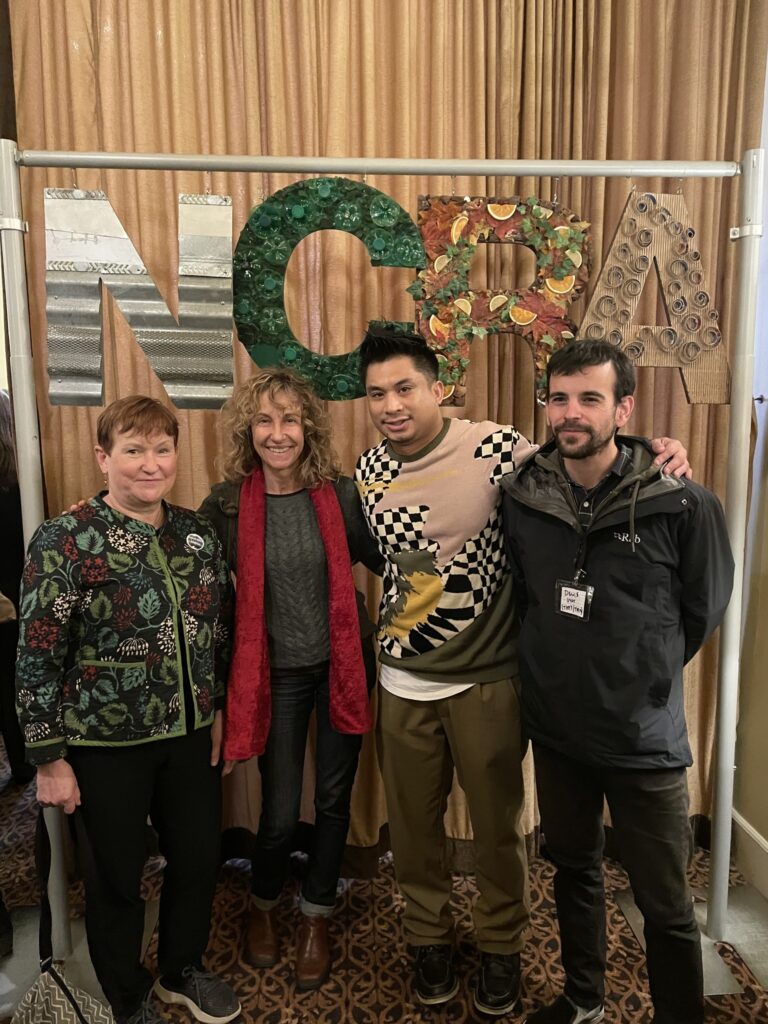
 Gigantic Idea Studio developed a scope of work that included as much of the community-based social marketing (CBSM) process as time and budget would allow:
Gigantic Idea Studio developed a scope of work that included as much of the community-based social marketing (CBSM) process as time and budget would allow: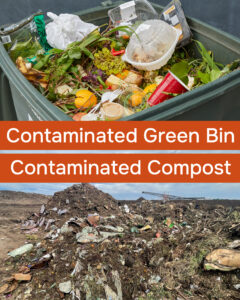 Partnering with
Partnering with 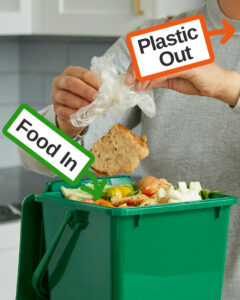 Instructional messaging: “Keep All Plastic Out of the Green Bin” and “Food In/Plastic Out”.
Instructional messaging: “Keep All Plastic Out of the Green Bin” and “Food In/Plastic Out”.
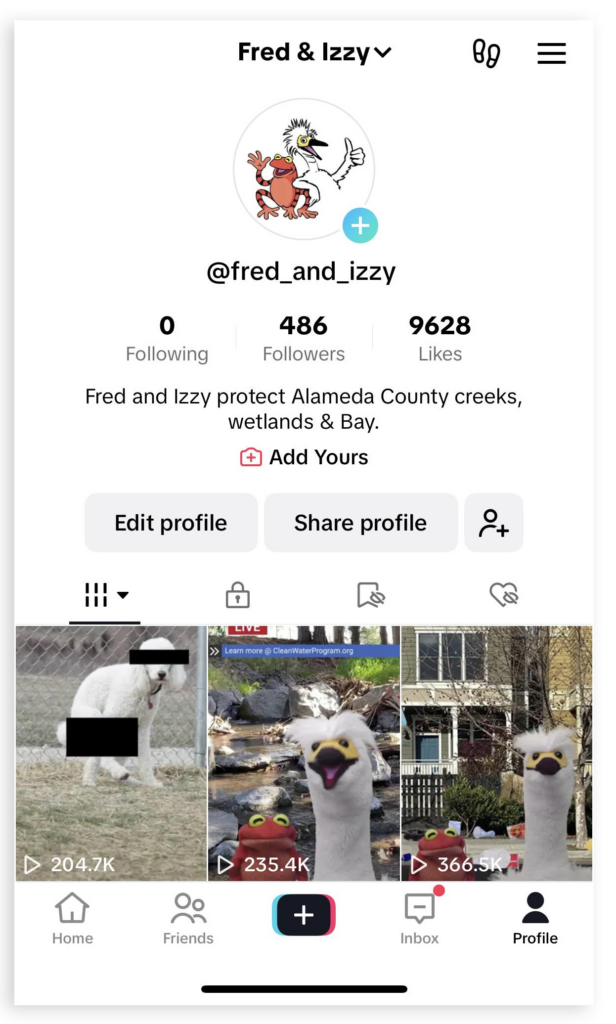

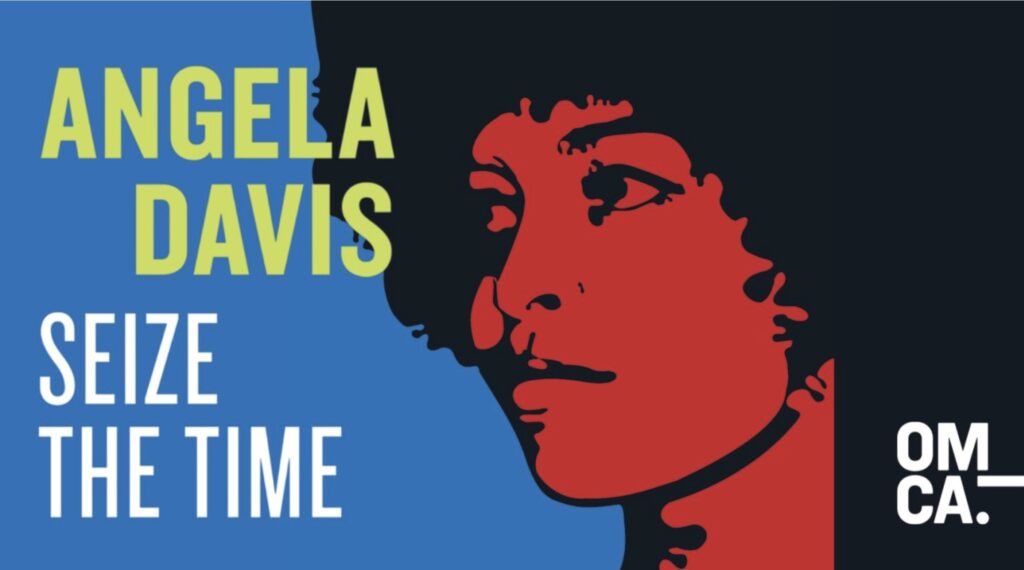
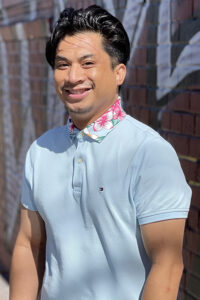 Our team has gotten even more Gigantic! We are pleased to announce the addition of Myer Venzon and Dennis Uyat to our team of Associates.
Our team has gotten even more Gigantic! We are pleased to announce the addition of Myer Venzon and Dennis Uyat to our team of Associates. Dennis holds a B.A. in Geography with a minor in Geospatial Information Science Technology from UC Berkeley and an A.A. in Recycling and Resource Management from Golden West College in Huntington Beach. They hold a certificates in Master Resource & Conservation and Master Compost & Solid Waste from the San Mateo County Office of Sustainability, and Zero Waste Community Associate by Zero Waste USA.
Dennis holds a B.A. in Geography with a minor in Geospatial Information Science Technology from UC Berkeley and an A.A. in Recycling and Resource Management from Golden West College in Huntington Beach. They hold a certificates in Master Resource & Conservation and Master Compost & Solid Waste from the San Mateo County Office of Sustainability, and Zero Waste Community Associate by Zero Waste USA.